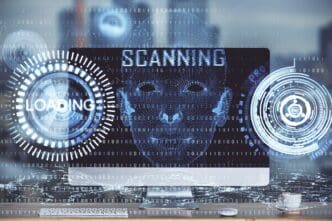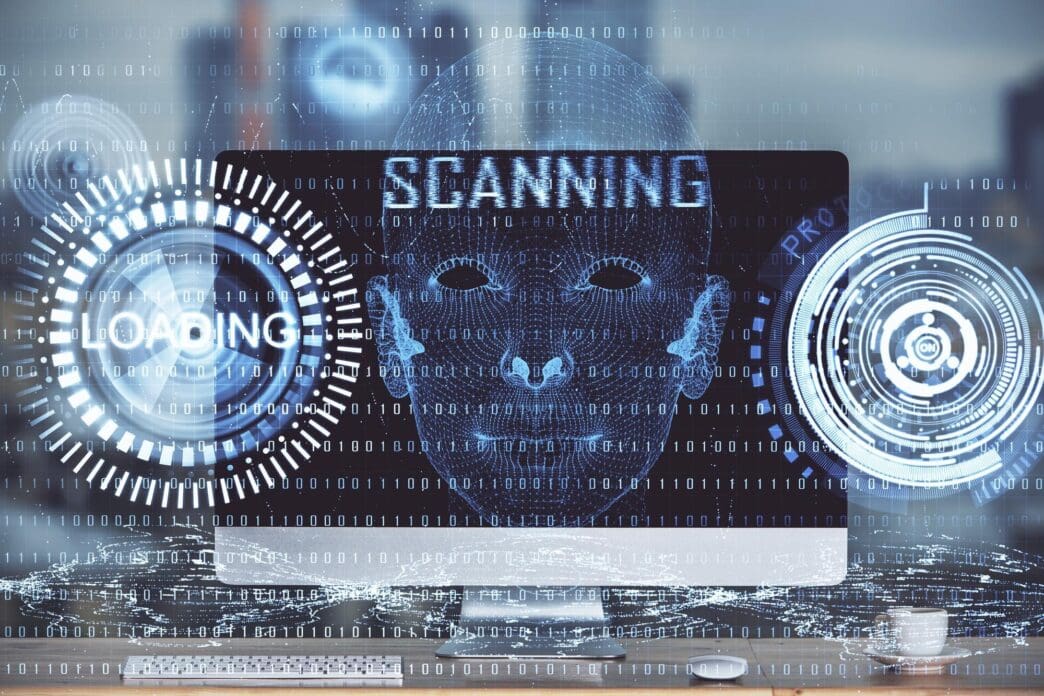Executive Summary
The Trajectory So Far
The Business Implication
Stakeholder Perspectives
In an increasingly digital economy, businesses of all sizes must fundamentally shift their approach to cybersecurity, moving from reactive defense to proactive strategic engagement. This critical transition involves implementing robust, multi-layered security measures, continuously educating employees, and developing comprehensive incident response plans, all designed to anticipate and neutralize threats before they inflict damage. The imperative to act now stems from the escalating sophistication and frequency of cyberattacks, which can lead to devastating financial losses, irreparable reputational damage, and severe operational disruptions for any organization failing to prioritize digital resilience.
Understanding the Evolving Threat Landscape
The digital threat landscape is dynamic, characterized by adversaries who are constantly innovating their attack vectors and techniques. From sophisticated ransomware campaigns that encrypt critical data to cunning phishing schemes designed to steal credentials, the risks are pervasive. Businesses face threats ranging from state-sponsored attacks and organized cybercrime syndicates to insider threats and opportunistic hackers.
The financial ramifications of a successful cyberattack extend far beyond immediate remediation costs, encompassing regulatory fines, legal fees, loss of intellectual property, and diminished customer trust. For many small and medium-sized enterprises (SMEs), a significant breach can even lead to bankruptcy. Understanding this evolving threat matrix is the first step toward building an effective proactive defense.
Foundational Cybersecurity Pillars
A strong cybersecurity posture is built upon several foundational pillars that address the core vulnerabilities within any organization’s digital ecosystem.
Risk Assessment and Management
Every proactive strategy begins with a thorough understanding of what needs protecting and from whom. Businesses must conduct regular risk assessments to identify their most critical assets, whether they are customer data, proprietary algorithms, or operational control systems. These assessments should also pinpoint potential vulnerabilities in software, hardware, and human processes.
Once identified, risks must be prioritized based on their potential impact and likelihood. A comprehensive risk management plan then outlines specific strategies to mitigate these risks, ensuring resources are allocated effectively to protect the most valuable assets.
Employee Training and Awareness
Despite advancements in technology, the human element remains the most common entry point for cyberattacks. Employees, often unknowingly, can become the weakest link in a security chain through social engineering tactics like phishing, spear-phishing, or pretexting. Proactive cybersecurity demands continuous, engaging employee training.
Training programs should cover the identification of suspicious emails, the importance of strong, unique passwords, safe browsing habits, and the proper handling of sensitive information. Regular simulated phishing exercises can significantly improve employee vigilance and response, transforming them into an organization’s first line of defense.
Robust Access Controls
Limiting access to sensitive systems and data is a fundamental security principle. The principle of least privilege dictates that users should only have access to the resources absolutely necessary to perform their job functions. This minimizes the potential damage if an account is compromised.
Multi-Factor Authentication (MFA) must be deployed across all critical systems and applications. MFA adds an essential layer of security by requiring users to verify their identity through two or more distinct methods, making it significantly harder for unauthorized individuals to gain access even if they steal a password. Regular audits of user accounts and permissions are also vital to ensure access rights remain appropriate.
Data Backup and Recovery
Even the most robust proactive measures cannot guarantee absolute immunity from all attacks. Therefore, a comprehensive data backup and recovery strategy is non-negotiable. Businesses should implement the “3-2-1 rule”: three copies of data, on two different media types, with one copy stored off-site or offline.
Immutable backups, which cannot be altered or deleted, offer critical protection against ransomware. Regular testing of backup restoration processes is essential to ensure that data can be recovered swiftly and completely in the event of a breach or system failure, minimizing downtime and data loss.
Advanced Proactive Defenses
Beyond the foundational elements, modern cybersecurity requires leveraging advanced technologies and methodologies to stay ahead of sophisticated threats.
Next-Generation Endpoint Protection
Traditional antivirus software is often insufficient against modern, fileless, and polymorphic malware. Next-Generation Endpoint Protection (NGEP) solutions, including Endpoint Detection and Response (EDR) and Extended Detection and Response (XDR), offer superior protection. These systems use behavioral analysis, machine learning, and artificial intelligence to detect and respond to threats in real-time, even those previously unknown.
EDR and XDR provide deep visibility into endpoint activities, allowing security teams to quickly identify suspicious behavior, contain threats, and investigate incidents. This proactive monitoring and rapid response capability are crucial for minimizing dwell time—the period an attacker remains undetected within a network.
Network Segmentation
Network segmentation involves dividing a computer network into smaller, isolated segments. This strategy limits the lateral movement of attackers within a network, containing breaches to a smaller area. For instance, critical servers or sensitive data repositories can be placed in highly restricted segments, separate from general user networks.
Implementing a Zero Trust architecture takes this concept further, asserting that no user or device, whether inside or outside the network perimeter, should be implicitly trusted. Every access attempt is verified, authorized, and continuously monitored, significantly enhancing security posture.
Threat Intelligence Integration
Proactive defense involves understanding emerging threats before they impact your organization. Integrating real-time threat intelligence feeds allows businesses to gain insights into new attack methods, vulnerabilities, and indicators of compromise (IoCs). This intelligence can inform security configurations, patch management priorities, and defensive strategies.
By leveraging threat intelligence, organizations can proactively block known malicious IPs, domains, and file hashes, and adjust their security tools to detect new attack patterns. This allows for a more predictive and adaptive defense against evolving cyber threats.
Security Information and Event Management (SIEM) / Security Orchestration, Automation, and Response (SOAR)
SIEM systems centralize and analyze security alerts and logs from various sources across an organization’s IT infrastructure. This aggregation provides a holistic view of security events, enabling quicker detection of anomalies and potential threats. SOAR platforms build on SIEM capabilities by automating security operations tasks.
SOAR tools can orchestrate responses to security incidents, such as blocking malicious IPs, isolating compromised devices, or initiating forensic investigations, often without human intervention. This automation significantly reduces response times and alleviates the burden on security teams.
Vulnerability Management and Patching
Unpatched software and system misconfigurations are frequently exploited by cybercriminals. A rigorous vulnerability management program involves continuous scanning of systems and applications for known weaknesses. This includes regular penetration testing to simulate real-world attacks and identify exploitable flaws.
Once vulnerabilities are identified, timely application of security patches and configuration updates is paramount. Many breaches occur because organizations fail to patch known vulnerabilities promptly. Automation of patching processes can help ensure consistency and reduce manual errors.
Building a Resilient Incident Response Plan
Even with the most robust proactive strategies, incidents can occur. A well-defined and regularly tested incident response plan is crucial for minimizing the damage and ensuring a swift recovery.
Preparation Phase
This phase involves establishing a dedicated incident response team, defining clear roles and responsibilities, and developing communication protocols for internal and external stakeholders. It also includes identifying legal counsel, forensic experts, and public relations firms who can assist during a breach.
Detection and Analysis
This stage focuses on identifying and assessing the scope of a security incident. Security monitoring tools, SIEM alerts, and employee reports all play a role in detecting suspicious activity. The team then analyzes the incident to understand its nature, origin, and potential impact.
Containment, Eradication, and Recovery
Once an incident is detected, the immediate goal is containment to prevent further damage. This might involve isolating compromised systems, disconnecting networks, or disabling affected accounts. Eradication focuses on removing the threat entirely, while recovery involves restoring systems and data from secure backups, ensuring all vulnerabilities exploited during the attack have been remediated.
Post-Incident Review
After an incident is resolved, a thorough post-mortem analysis is essential. This review identifies what went wrong, evaluates the effectiveness of the response plan, and pinpoints areas for improvement in security posture and processes. Lessons learned are then integrated into updated security policies and training programs, fostering continuous improvement.
Embracing Continuous Cyber Resilience
Protecting a business from cyber threats is not a one-time project but an ongoing commitment to continuous vigilance and adaptation. By strategically implementing foundational security practices, leveraging advanced defensive technologies, and maintaining a robust incident response framework, organizations can build a resilient defense against the ever-evolving landscape of cyber risks. This proactive approach transforms cybersecurity from a cost center into a strategic business enabler, safeguarding assets, preserving trust, and ensuring long-term operational continuity in the digital age.








